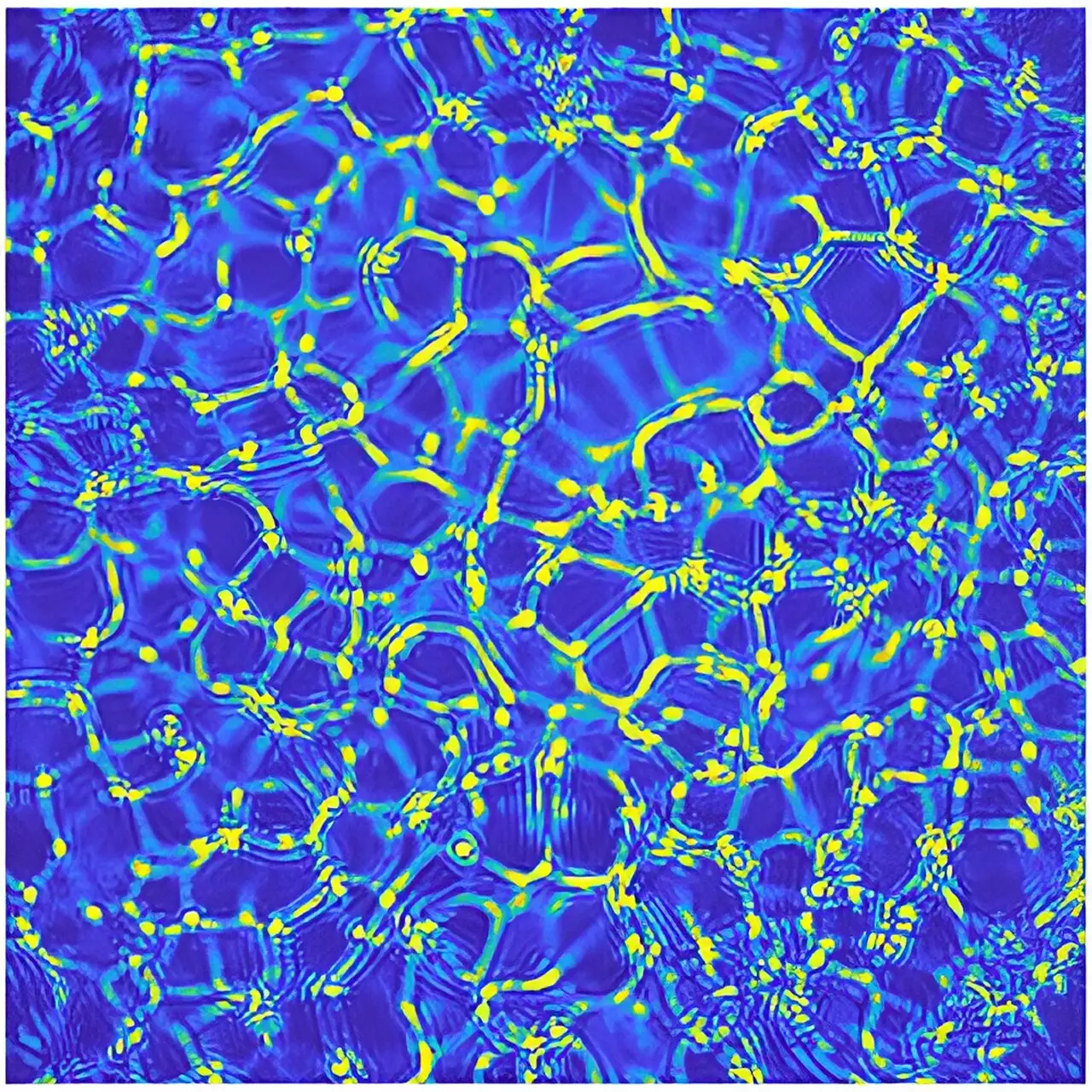In the realm of fluid dynamics, convective instabilities have long been a topic of interest, intertwining with fields such as atmospheric science, climate change, ecology, and even everyday life phenomena. A recent breakthrough has emerged, reinvigorating discussions around these instabilities: researchers have identified a previously unrecognized convective instability, an endeavor that harkens back to the foundational work of Lord Rayleigh conducted approximately 140 years ago. This discovery, rooted in theoretical predictions and experimental verifications, not only adds depth to our understanding of fluid dynamics but also opens doors to numerous applications that could influence technological and environmental domains.
This new convective instability contrasts sharply with well-established mechanisms such as the Rayleigh-Taylor instability. The Rayleigh-Taylor scenario traditionally occurs in situations where a lighter fluid ascends into a denser one, a phenomenon observable in volcanic eruptions and nuclear explosions. This classical instability is predicated on an initial state of gravitational imbalance, a condition that renders it inherently unstable. In contrast, the new instability arises from a gravitationally stable configuration where a heavier liquid, glycerol, rests at the bottom with a lighter liquid, water, on top. Despite the seemingly balanced state, the introduction of silica nanoparticles into the system activated a cascade of unexpected behaviors, challenging previous notions of stability.
Foundational Mechanisms Behind the Discovery
The unveiling of this new instability relied heavily on the interplay of gravitational forces and diffusiophoresis—the process by which particles migrate through a fluid in response to concentration gradients. As the silica nanoparticles ascend from the glycerol into the water, they create localized denser regions within the lighter fluid. This counterintuitive action incites a hydrodynamic instability, wherein the density gradients formed trigger a conspicuous change in the system’s behavior.
The experimental approach adopted by the research team, in collaboration with their colleagues at the University of Milan, illuminated these dynamics. By utilizing light to irradiate the sample, they were able to observe the birth of distinct structural patterns—dark regions depleted of colloids contrasted sharply with bright, fluorescent arms rich in nanoparticles. Such stark demarcations serve as a vivid illustration of the instability in action, culminating in phase separation over time.
The ramifications of this discovery extend far beyond theoretical inquiry. The implications are profound for multiple realms, including materials science, environmental technology, and even biological studies. For example, the new convective instability can facilitate the design of microscopically structured materials by encouraging the coagulation of nanoparticles. This process could pave the way for innovative sol-gel methodologies that allow for the precise control of microstructures within materials.
Moreover, industries grappling with fluid separation challenges, including pharmaceuticals and environmental sectors, may find solutions through the application of this instability. The technique promises to enhance methods for separating colloidal contaminants, such as microplastics, from various fluids, an issue of growing global significance.
Bridging Natural Science and Art
In a curious yet fascinating extension, the implications of this instability might even reach into the artistic patterns observed in the natural world. The dynamic processes that give rise to the colorful hues and stripes in animal skins—like those seen in zebras and tropical fish—could be elucidated through the principles underlying this instability. Such insights not only enhance our understanding of biological systems but blur the boundaries between science and art, revealing the intricate beauty of nature’s design.
As we stand on the threshold of new discoveries, this novel convective instability exemplifies the intricate layers of complexity present within fluid dynamics. By shifting paradigms of existing knowledge, it offers potential pathways for innovation in various fields. Future research will undoubtedly seek to refine our understanding of these phenomena further, providing the scientific community with tools to harness these insights for sustainable and impactful applications across industries.


Leave a Reply